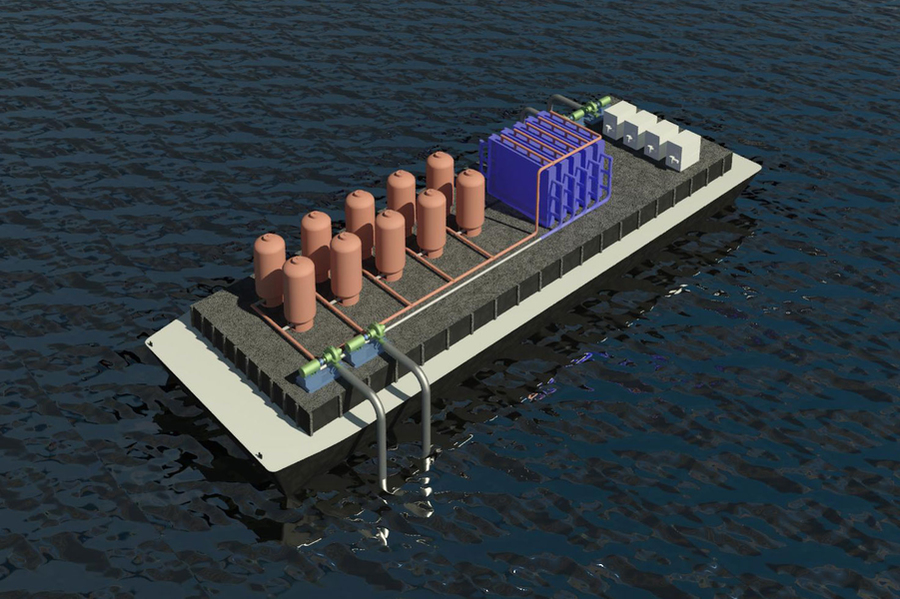MIT News February 16, 2023
In recent years, the ocean has come to be recognized as a global-scale reservoir for atmospheric CO2. Researchers at MIT have developed and demonstrated an effective asymmetric electrochemical system to capture oceanic CO2 using bismuth and silver electrodes that could capture and release chloride ions by Faradaic reactions upon application of appropriate cell voltages. The difference in reaction stoichiometry between the two electrodes enabled an electrochemical system architecture for a chloride-mediated electrochemical pH swing, which could be leveraged for effective removal of CO2 from oceanwater without costly bipolar membranes. With two silver-bismuth systems operating in tandem in a cyclic process, one acidifying the ocean water, and the other regenerating the electrodes through alkalization of the treated stream, CO2 can be continuously removed from simulated oceanwater with a relatively low energy consumption of 122 kJ/mol, and high electron efficiency…read more. Open Access TECHNICAL ARTICLE

The new method could be implemented by ships, processing water as they travel, or at locations such as offshore…Credit: Courtesy of the researchers